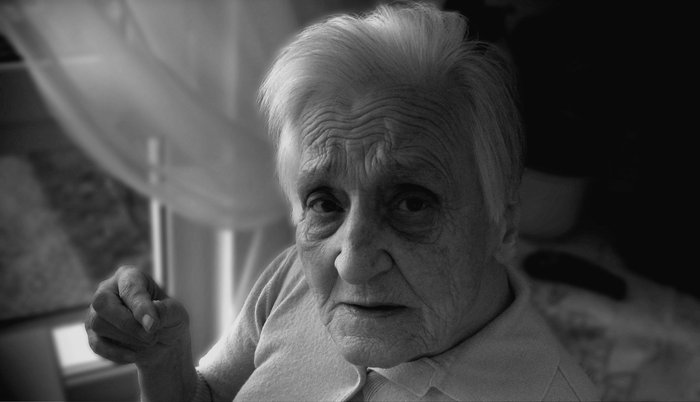Problem to be solved
Assessing the pain of people unable to communicate, such as those with moderate to advanced dementia, is very difficult. When people cannot vocalise and self-report their pain, it can go undetected and untreated. This causes distress to the individual, and results in behavioural and psychological symptoms that can be difficult for carers to manage and treat. Existing paper-based tools to assess pain are under-used in care homes because they are labour-intensive and rely on the assessor’s judgement.
According to the NHS Long Term Plan, 70% of people in care homes have dementia or severe memory problems, and over one million people in the UK will be living with dementia by 2025. Improving support for people with dementia and improving health and care professionals’ understanding of their condition is a key component of the Plan.
The project
Pain assessment tool
PainChek is a CE-marked pain assessment tool - powered by AI - available as a point-of-care app on personal mobile devices. It takes a 3-second video of a person’s face and applies AI to identify facial micro-expressions indicative of pain. This information is then automatically combined with other non-facial indicators of pain - recorded by a carer on a digital checklist - to generate an overall pain score:
- no pain
- mild
- moderate
- severe
With knowledge of a resident’s pain score, carers can decide on appropriate pain management interventions and monitor the effect of these over time. Scores can be automatically transferred to a care management system and an integrated web portal enables a care home to:
- analyse the overall pain burden in the home
- evidence the outcomes of pain interventions
- share results with GPs and families
Automated facial recognition technology
Powered by a machine learning algorithm trained on labelled data, this technology is based on the Facial Action Coding System (FACS). FACS is a taxonomy of facial expressions containing 52 Action Unit (AU) codes. Academic studies have identified that certain pain-related AU codes pain are observed more frequently in people with dementia compared to healthy controls, perhaps due to their impaired operant learning (learning through reward and punishment for behaviour) and ability to mask negative expressions such as pain.
The following pain-specific AUs are taken into account by the PainChek tool:
- brow lowering
- cheek raising
- tightening of eyelids
- wrinkling of nose
- raising of upper lip
- pulling at corner lip
- horizontal mouth stretch
- parting lips
- closing eyes
Non-facial indicators of pain
A simple digital checklist on the PainChek app prompts carers to provide binary yes-no answers to the presence of features categorised under five additional non-facial domains set out by the American Geriatric Society for assessing pain severity:
- voice
- movement
- behaviour
- activity
- body
These observations are combined with analysis of a resident’s facial expressions to digitally generate the overall pain score.
Underpinning clinical research
The PainChek App was born out of clinical research at Curtin University, Australia. The clinical studies can be found here.
Introduction into the UK
PainChek launched in Australia in 2017 and came to the UK in December 2019. As of July 2020, it operates in four UK residential care homes.
Feedback
Heathfield Residential Home in Warrington reported that:
St Mary’s Mount Care Home in Uttoxeter fed back how:
As
a result of using PainChek, St Mary’s also identified that it was
administering pain relief medication unnecessarily to one of the home’s
residents. This resident has remained pain free in spite of their
medication being reduced.
Lessons learned
Care
staff are more likely to use PainChek on a consistent basis when they
incorporate it into their everyday care activities, e.g. during a
medication round. This improves documentation of pain and increases
staff engagement in evidence-based pain management practice.
COVID-19
has presented challenges to implementation in care homes, but these
have been overcome. The induction process has been adapted to be
delivered remotely. In addition, carers can carry out the AI-powered
facial expressions assessment up to three metres away from a resident,
helping to minimise close contact.
To find out more about this project, contact Peter Shergill on email: peter.shergill@painchek.com


